Watch this space: Supermassive black holes, supersonic flights and Chandrayaan 3
Watch this Space: Learn everything you need to know about the biggest developments in space over the past week.
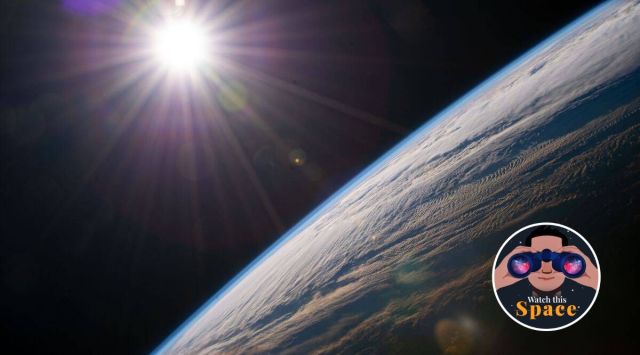 The Earth and Sun as seen from the International Space Station. (Image credit: NASA)
The Earth and Sun as seen from the International Space Station. (Image credit: NASA)This week, unbeknownst to many of us, the Earth went as far away from the Sun as it possibly could. During the same week, our planet witnessed its hottest day in history. Those two seemingly counter-intuitive events are just the tip of the iceberg of the space-related developments that happened over the last week. Read about that and more in “Watch this space,” our weekly space news roundup.
Far away from the Sun and the aphelion
The point at Earth’s orbit when it is farthest away from the Sun is called the aphelion, and it happened on July 6 this year. This happens because of the slightly elliptical orbit it follows. But if the Earth was as far away from the Sun as possible, shouldn’t it be getting colder instead of warmer?
Actually, July 4 was recorded as the hottest day because of the average temperatures across the whole planet. Climate change and some weather patterns on Earth have more to do with that than the distance between us and the Sun. You can read about how seasons on Earth are a cause of the tilt of the planet rather than the distance from the Sun here.
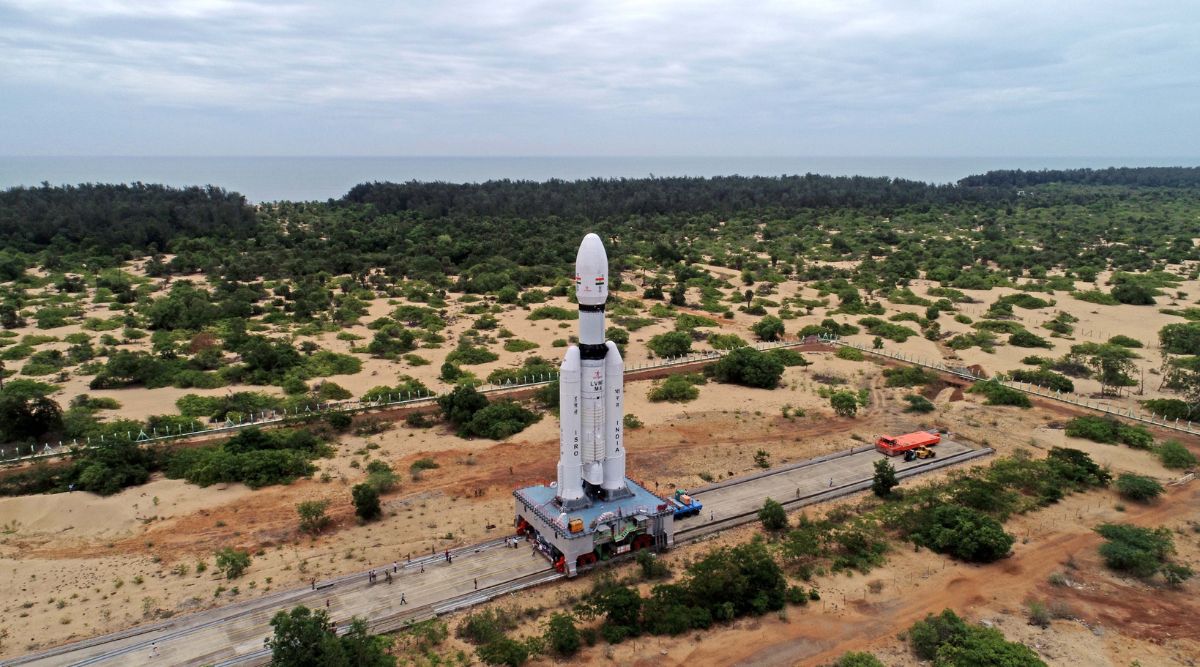 The LVM-3 rocket and Chandrayaan-3 spacecraft at the launchpad in Sriharikota (ISRO via Twitter)
The LVM-3 rocket and Chandrayaan-3 spacecraft at the launchpad in Sriharikota (ISRO via Twitter)
Chandrayaan-3
Around the time the Earth was at its farthest from the star in its orbit, the Indian Space Research Organisation (ISRO) announced its plans to send a lander and rover to a body that orbits our planet—the Moon. ISRO announced this week that the Chandrayaan-3 mission will launch on July 14.
The Chandrayaan-3 mission is a follow-on to the Chandrayaan-2 mission that ended in failure after the Vikram lander crashed into the lunar surface instead of landing softly. The primary objective of Chandrayaan-3, as with its predecessor, is to prove its capability of achieving soft land on Earth’s lone natural satellite.
If the space agency is able to successfully pull off the mission, which is scheduled to touch down on the Moon in August. If all things go well, India will join an exclusive list of countries that have managed a soft landing on the lunar surface. Currently, that list has just three members—the United States, the erstwhile Soviet Union and China.
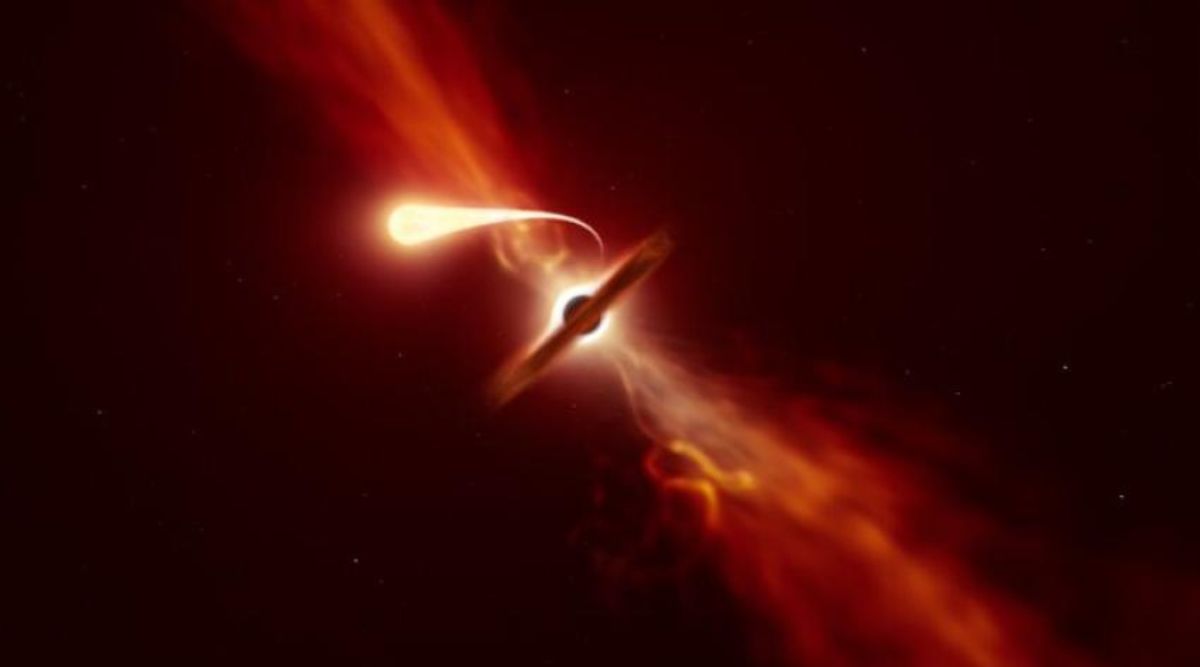 In this representative illustration, a black hole is swallowing up a star in a “tidal disruption event.” (ESO/M. Kornmesser)
In this representative illustration, a black hole is swallowing up a star in a “tidal disruption event.” (ESO/M. Kornmesser)
Supermassive black holes
Sure, the Moon and Sun are quite far away, but in the grand scale of the cosmos, they are pretty much our neighbours. Let’s train our minds on things that are much, much farther away. Like distant galaxies, for example.
Galaxies are huge collections of gas, dust and billions of stars that are grouped together. But have you wondered what holds them together? Astronomers have good reason to believe that virtually all galaxies have supermassive black holes at their centres. These black holes can be millions, if not billions, of times the mass of our Sun.
NASA announced this week that scientists used the James Webb Space Telescope to discover what is the most distant supermassive black hole detected so far. But that is not the only thing that makes the CEERS 1019 galaxy so interesting. Another black hole surprised scientists as it suddenly “switched on” and began hungrily gobbling up things in its surroundings.
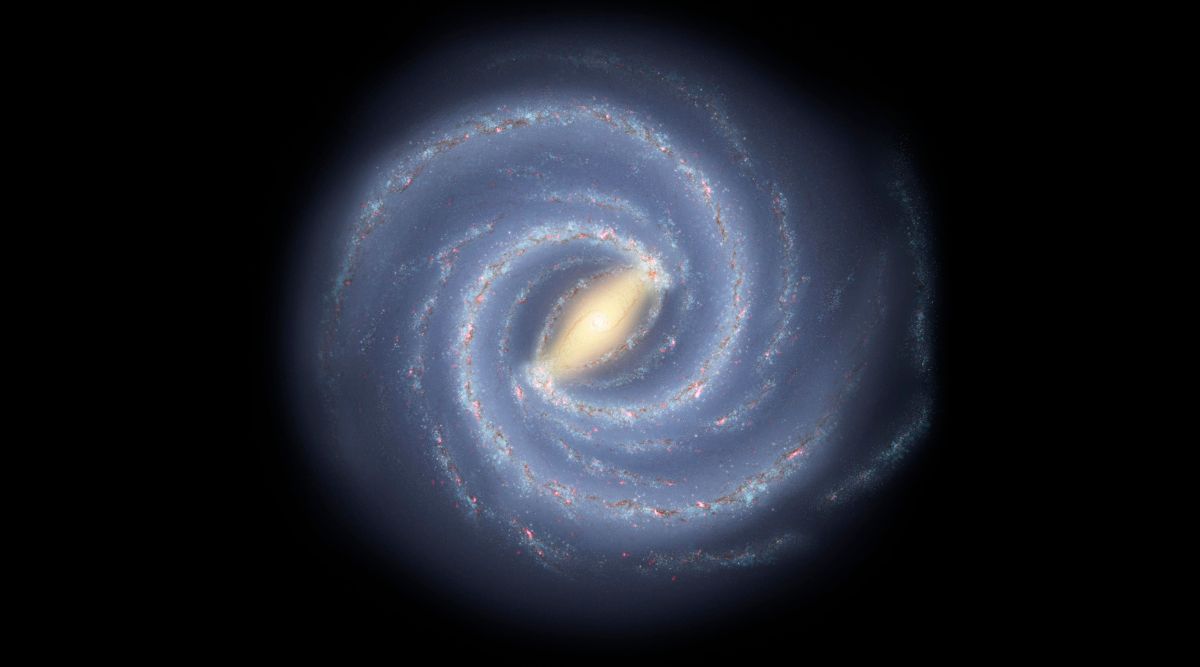 Artist’s illustration of what the Milky Way will look like from a distant perspective. (NASA/JPL-Caltech/R. Hurt (SSC/Caltech))
Artist’s illustration of what the Milky Way will look like from a distant perspective. (NASA/JPL-Caltech/R. Hurt (SSC/Caltech))
How will alien astronomers look at us?
If we observe and learn things about distant galaxies like CEERS 1019, does it mean that there could be alien astronomers in distant galaxies looking at our galaxy? And if so, what will they see?
That is exactly the question that researchers set out to answer when they began deconstructing what the Milky Way would look like if it was observed from a faraway world using telescopes and spectroscopes.
At really long distances in space, hundreds of thousands or maybe millions or billions of kilometres, the general chemical composition of the galaxy is what can be most easily detected. Due to this reason, the researchers tracked the average metal contents of different parts of the galaxy and compared it to that of other galaxies.
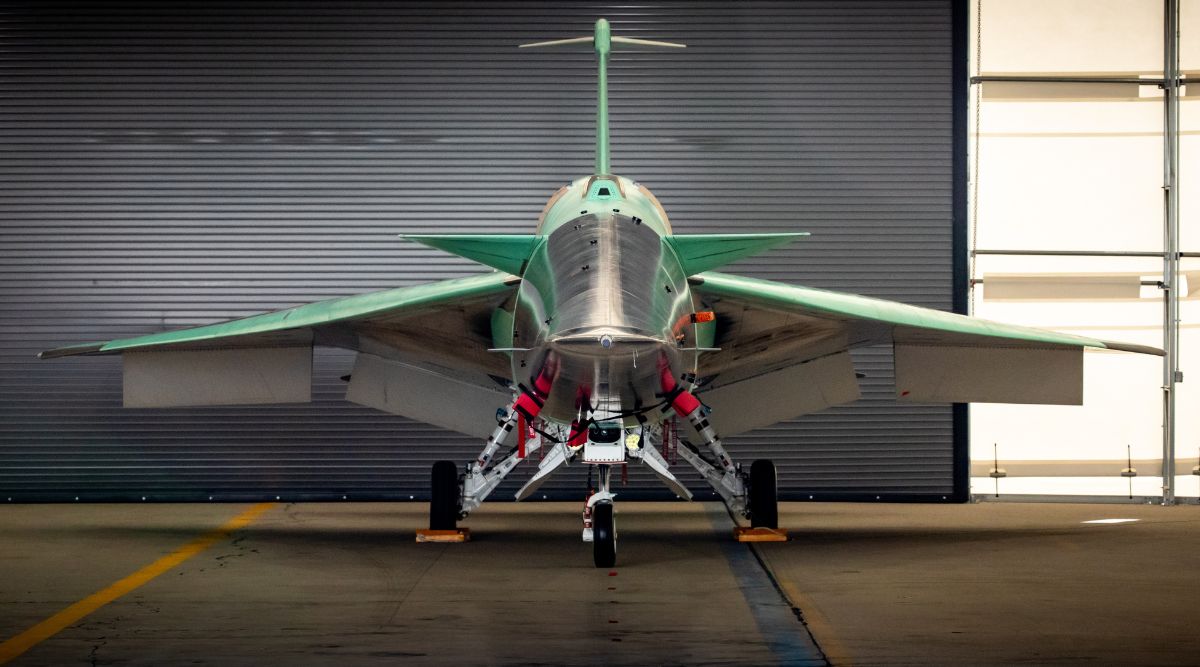 Front view of the X-59 aircraft. (Image credit: Lockheed Martin / NASA)
Front view of the X-59 aircraft. (Image credit: Lockheed Martin / NASA)
Supersonic flight
Let’s take a step back from distant galaxies and black holes and come back to Earth to see the fruits of the labour of space exploration. NASA’s aeronautical experts are contributing some of their knowledge towards the agency’s experimental “quiet” supersonic aircraft that was built at Lockheed Martin’s famed Skunk Works department.
The X-59 has been designed to go on supersonic flights with a “quiet thump” instead of a supersonic boom. One of the biggest problems with commercial supersonic aircraft like the Concorde was the fact that they produced loud and disturbing sonic booms that could also shatter glass as they broke the sound barrier. NASA’s experimental flight is aimed at producing technology that could facilitate faster than sound travel while not being so loud.







